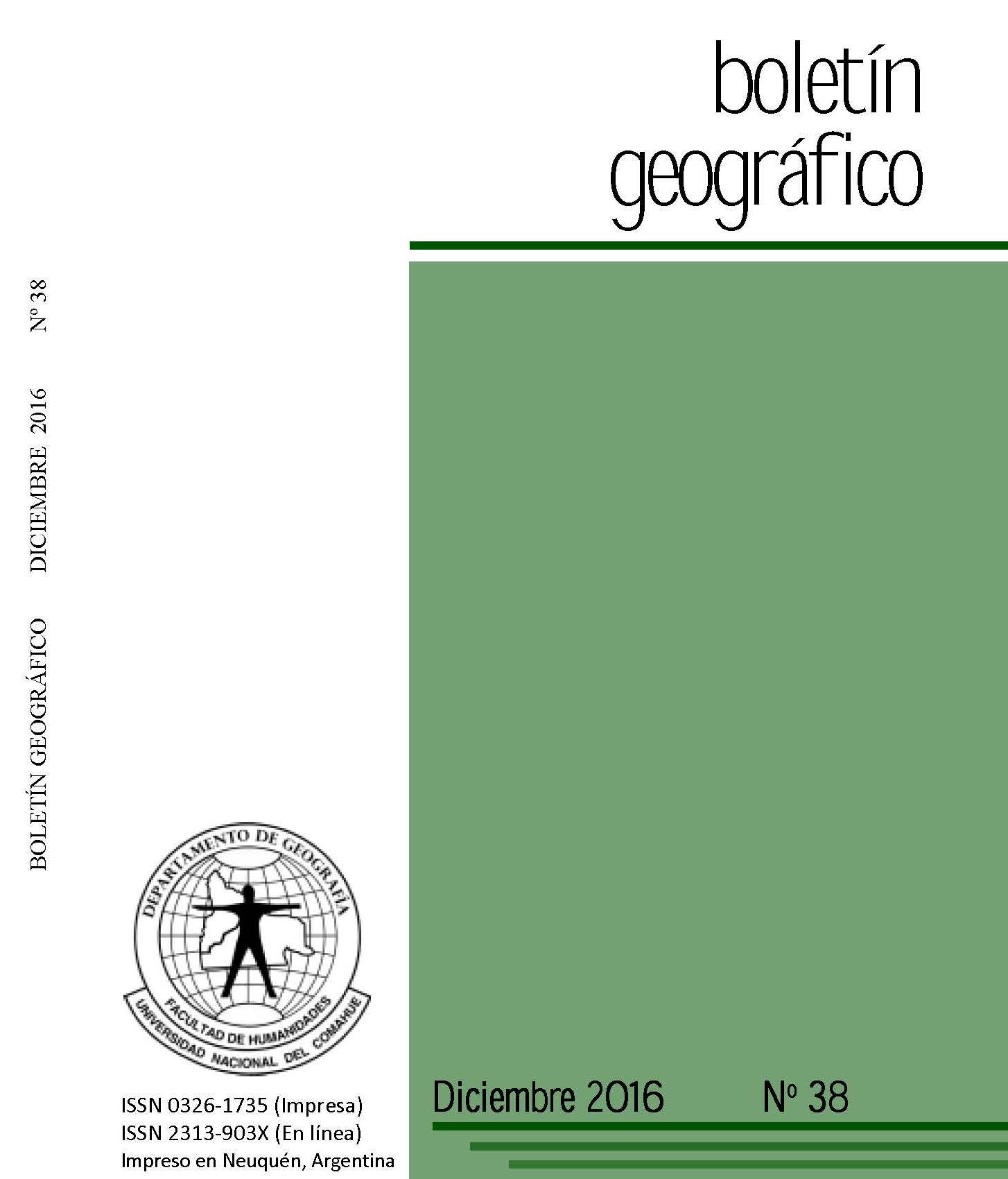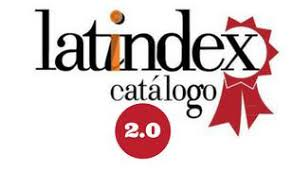Public space in dispute. The case of the street access to the campus of the national university of comahue
Keywords:
urban space, public space, streetAbstract
The urban space bears profound transformations, which also lead to reformulations of public space in terms of ownership, access and use. The article introduces a process of reflection taking as an example the order that the Municipality of the city of Neuquén has effected to the National University of Comahue to open, for public
purposes, the campus entrance. This street is analyzed as a special category within the public space, since although citizen makes a shared use, this street is within the internal boundaries of the Institution. Methodology includes in situ observation and an opinion poll which emphasizes mainly on the perception that the university
community has about the changes that are being generating. The materialization of actions points out, in many cases, social, economic distance between the various actors and agents that are exerting appropriation of space; the result will be reflected eventually in shaping the city. Therefore, it is imperative that any intervention is
carried out under a systemic view, from social, morphological and structural perspectives that allow understand, in depth, complex processes, with a long-term vision.
Downloads
References
BOYATZIS, R. (1998). Transforming Qualitative Information. Thousand Oaks, Sage Publications.
BROM, L.; DALLE, P. y ELBERT, R. (2007). Interpretaciones sobre corrupción, democracia y desarrollo económico:entrevistas en manifestaciones colectivas de protesta, en Práctica de la Investigación cuantitativa y cualitativa: articulación entre la teoría, los métodos y las técnicas, Sautu, R. (compiladora). 183-218.Buenos Aires, Lumiere.
DIEZ, F. (1996). Buenos Aires y algunas constantes en las transformaciones Urbanas. Buenos Aires, Fundación Editorial de Belgrano.
GARRIZ, E. y SCHROEDER, R. (2014). Dimensiones de espacio público y su importancia en el ámbito urbano. Revista Científica Guillermo de Ockham. 12(2), 25-30.
JIMÉNEZ, B., OLIVERA, A.R. y LÓPEZ, R.M. (2014). Espacios públicos sustitutos por apropiación espacial juvenil en centros comerciales de Guadalajara y Puerto Vallarta, en La ciudad habitable: espacio público y sociedad, Burbano, A. y Páramo, P. (compiladores). 163-180. Bogotá, Universidad Piloto de Colombia.
LADIZESKY, J. (2011). El espacio barrial. Criterios de diseño para un espacio público habitado. Bisman Ediciones; Consejo Profesional de Arquitectura y Urbanismo, Buenos Aires.
LA MAÑANA DE NEUQUÉN (LMN). “Habrá un polo hotelero en el corredor Leloir-Dr. Ramón”. 06/09/2016. http://www.lmneuquen.com/habra-un-polohotelero-el-corredor-leloir-dr-ramon-n525436 Consultado el 07/09/2016.
LIMÓN, P. (2014). Imaginación geográfica y agencia política: produciendo espacio público a través del Derecho en Madrid (1992-2012). Revista EURE 40(120). 183- 200. Disponible en: http://www.scielo.cl/pdf/eure/v40n120/art09.pdf Consultado el 20/08/2016.
LEFEBVRE, H. (2013). La producción del espacio. Madrid, Capitán Swing. (Introducción y traducción de Emilio Martínez). 456 pp.
MARGULIS, M. (2001). La ciudad y sus signos. Revista Sociedad (19), 121-138.
MARTÍNEZ, E. (2014). Configuración urbana, habitar y apropiación del espacio. XIII Coloquio Internacional de Geocrítica, Barcelona, 5-10 de mayo. 1-21.
MUNICIPALIDAD DE NEUQUÉN (Prensa). “Avanza el ensanchamiento del corredor Leloir que estará terminado a fines de agosto”. 30/06/2016. http://www.ciudaddeneuquen.gob.ar/prensa/2016/06/30/monzani/ Consultado el 02/07/2016.
PATTON, M. (2002). Qualitative Research y Evaluation Methods. SAGE Publications. 832 pp.
REDONDO, E. (2012). “Las ciudades interiores. La apropiación del espacio público urbano, la calle”. https://elenaredondoarquitectura.wordpress.com/2012/05/17/lasciudades-interiores-la-apropiacion-del-espacio-publico-urbano-la-calle/ Consultado el 02/07/2016.
SCHROEDER, R.V.; GARRIZ, E. (2009). ¿Es posible recuperar el espacio público? La ciudad de Bahía Blanca como caso de estudio. XII Encuentro de Geógrafos de América Latina (EGAL), Montevideo, Uruguay, 3 al 7 de abril. Publicado en: http://observatoriogeograficoamericalatina.org.mx/egal12/Geografiasocioeconomica /Geografiaurbana/208.pdf
SORIA PUIG, A. (1979). Hacia una teoría general de la urbanización. Introducción a la obra teórica de Ildefonso Cerdá (1815-1876). Madrid: Ediciones Turner-Colegio de Ingenieros de Caminos, Canales y Puertos. 227 pp.
UNIVERDAD NACIONAL DEL COMAHUE (2011). Concurso Nacional de Ideas. Desarrollo del Campus Universitario. Anteproyecto Sector Educativo. Disponible en: http://arqa.com/agenda/concursos/concurso-campus-universidad-del-comahue.html Consultado el 24/06/2016.
UNIVERSIDAD NACIONAL DEL COMAHUE (Prensa). (2016) “Estudio ambiental del corredor vial Dr. Ramón – Dr. Leloir de la ciudad de Neuquén – UNCo – Facultad de Ciencias del Ambiente y la Salud (FACIAS). Disponible en: http://prensa.uncoma.edu.ar/index.php/es/novedades/6172-estudio-ambiental-delcorredor-vial-dr-ramon-dr-leloir-de-la-ciudad-de-neuquen-unco-facultad-deciencias-del-ambiente-y-la-salud Consultado el 12/07/2016.
TORT, J. y PAÜL, V. (2005). La calle como espacio de relación. Consideraciones a propósito de una de las claves esenciales del pensamiento de Ildefonso Cerdà. Espacios públicos / espacios privados. Actas del XIX Congreso de Geógrafos Españoles. Santander. [Publicación en CD].
Downloads
Published
How to Cite
Issue
Section
License
Copyright (c) 2016 Boletin GeográficoTransfer of rights and data processing
The acceptance of an article for publication in the Journal Geographic Bulletin implies the cession of the rights of printing and reproduction, by any means and means, of the author in favor of the Department of Geography of the National University of Comahue, which will not reject any request reasonable for the authors to obtain permission to reproduce their contributions. The total or partial reproduction of the works published in the Geographic Bulletin must be done citing the origin, otherwise, the copyright is violated.
Likewise, it is understood that the concepts and opinions expressed in each work are the sole responsibility of the author, without being responsible or in solidarity, necessarily, neither the editorial staff nor the editorial staff.
It is the responsibility of the authors to be able to provide interested readers with copies of the raw data, procedure manuals, scores and, in general, relevant experimental material.
Likewise, the Management of the journal guarantees the appropriate treatment of personal data
COPYRIGHT TRANSFER FORM

















 Journal of the
Journal of the 